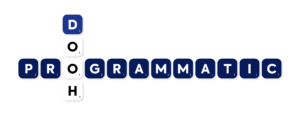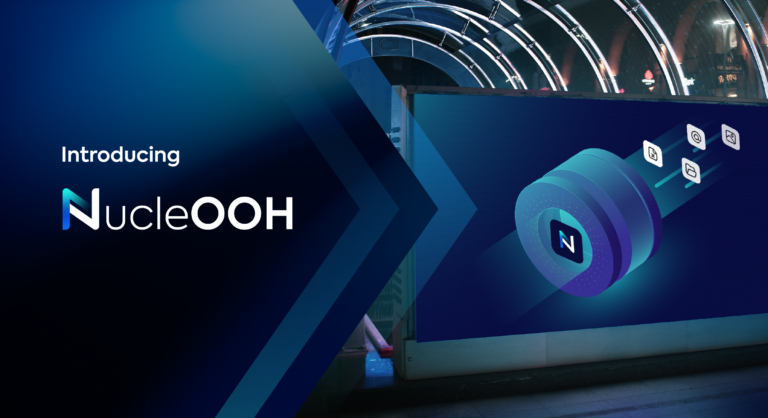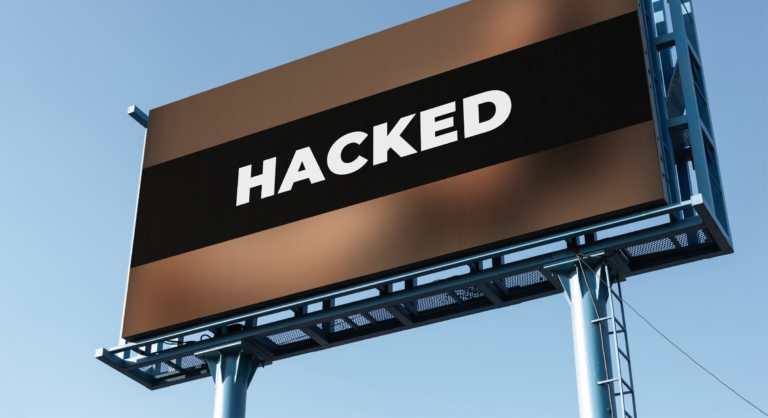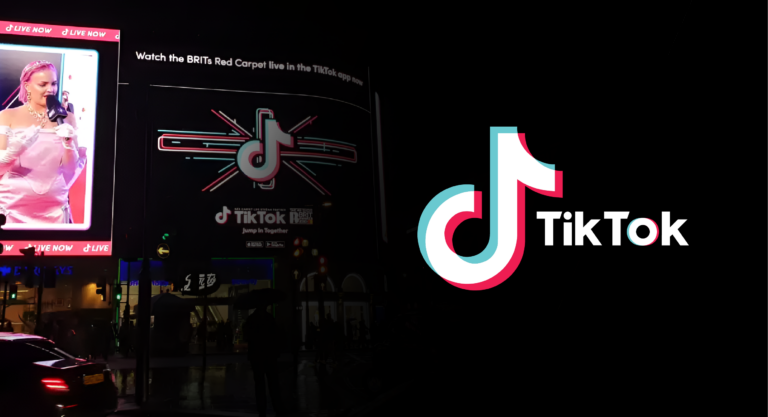During the COVID-19 pandemic, the reinvention of outdoor advertising into programmatic led to its digital segment (known as DOOH) generating greater agility and becoming the backbone of its recovery. Since then, programmatic has become an industry buzzword; however, there is still widespread confusion about what it means and the diversity of types it encompasses.

Programmatic is essentially the automation of processes for buying and managing advertising space. In a DOOH context, it is capable of reducing campaign delivery times, reaching specific audience segments and adapting to changes in real time. Moreover, it also has the potential to democratize access to inventory. “The idea is to be able to encourage advertisers to get into DOOH because they have choice and can self-manage their own content,” Darren McKay, director of data and technology at Alight Media, tells The Drum.
Having understood programmatic DOOH, the question arises: what types currently exist in outdoor advertising? Dan Dawson, director of creative technology at Grand Visual, explains that the term covers a wide range of technologies that are used, first, to streamline buying flows and, second, to optimize content based on data-driven insights and criteria. Programmatic DOOH can therefore be grouped into two types according to their function:
Programmatic according to the buying process
- Open Real Time Bidding: the media owner offers an open buying space through real-time auction processes.
- Private Marketplace: the media owner offers special access to its premium inventory to selected buyers.
- Programmatic Guaranteed: as long as the owner offers ad space that meets the advertiser’s criteria, the advertiser will buy it.
Programmatic based on content targeting
- Real-time optimization: optimize campaigns based on data such as weather, local events or changes in traffic.
- Data-driven targeting: precise targeting based on demographic and geolocation data.
- Multi-channel integration: activation of campaigns with other channels such as online advertising.
What requirements do media owners need to implement programmatic DOOH?Mandatory requirements
Optional requirements
|
With a clear definition shared by the industry, the next step is to educate large and small advertisers about its value. Srikanth Ramachandran, CEO of Moving Walls Group, demonstrates the importance of this with the rapid growth the travel industry experienced by democratizing access with platforms like Airbnb or Booking.com. “It’s time for OOH platform providers to offer media owners more ways to not only convert their advertising panels to digital, but also to embrace digital in the way they sell,” Ramachandran tells Forbes.





